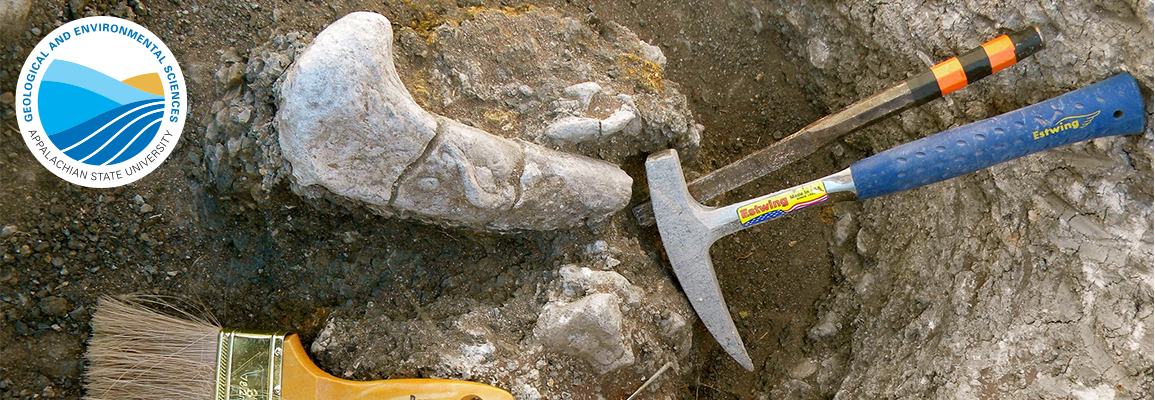 What do fossils tell us?
What do fossils tell us?
People
Dr. Cole Edwards's research focuses on the sedimentary record to reconstruct the interaction between the biosphere and environment throughout Earth's history. His current research uses this approach to study the potential causes of the largest biodiversification event in the Phanerozoic by looking at Ordovician carbonates from across the USA (Nevada, Utah, Oklahoma, Virginia, Maryland, etc).
Dr. Steve Hageman studies microevolutionary patterns and processes using fossil invertebrates (Bryozoa), as well as Bryozoan paleoecology and distribution.
Dr. Andy Heckert works extensively on the vertebrate paleontology and stratigraphy of the American Southwest, collecting vertebrate fossils ranging in age from Devonian to Pleistocene, but focuses primarily on dinosaurs from the Upper Triassic strata of Texas, New Mexico, and Arizona.
Dr. Johnny Waters (emeritus) is an echinoderm expert. His research interests include rebound from mass extinctions, Paleozoic community evolution, and the taxonomy, functional morphology, ontogeny and paleoecology of paleozoic echinoderms, especially blastoids.

